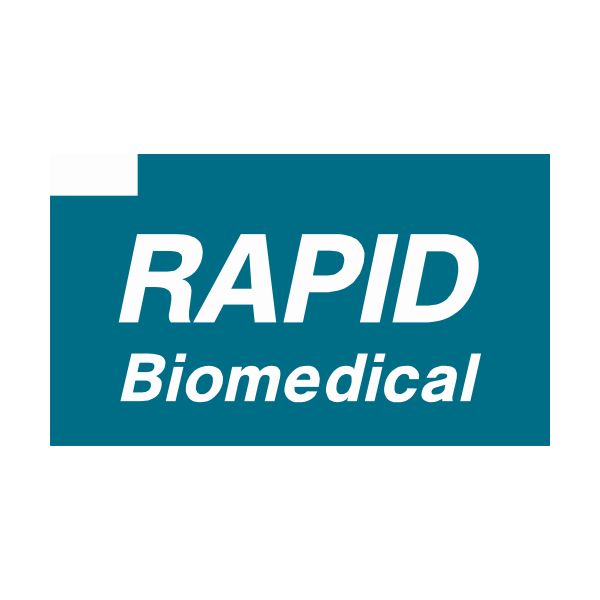

The clear identification and characterization of therapy-relevant focal findings using innovative diagnostic methods forms the basis for minimally invasive therapy (including radionuclide therapy) for patients with oligometastases in the closed-loop process of M²OLIE. It also allows a prediction of the expected therapy response and the early detection of patients who do not respond to a specific therapy (non-responders). The aim of the joint project M²IBID is to explore these basic prerequisites for determining an effective therapy in the sense of “precision medicine”. The techniques of diagnostic and interventional imaging and molecular mass spectrometry (MS) bioanalytics will be integrated more deeply and clinically evaluated. The innovative research goal is to ideally combine all this information to explore novel tumor characterizations using radiomics approaches and machine learning techniques that improve patient-specific intervention.

The goal of subproject 1 (lead: University of Heidelberg) “Molecular and Multimodal Imaging and Processing (M²IP)” is the development and optimization of standardized multimodal diagnostic and interventional imaging for oligometastasized patients. In the field of diagnostic imaging, cutting-edge, innovative acquisition techniques (e.g. MR fingerprinting, MR elastography, MR perfusion, MR diffusion, multimodal breath tracking) and diagnostic PET tracers will be developed and evaluated.








Subproject 2 (lead: Mannheim University of Applied Sciences) “M²OLIE Tumor and Theranostics Analysis” (M²OT²AN) addresses several key aspects of the joint project “Molecular Innovative Imaging for Individualized Diagnostics” (M²IBID). The focus is on i) the research on automated methods of molecular bioanalytics of tumors and metastases, ii) the research on novel image processing for the extraction of multimodal imaging biomarkers, iii) their combination with radiological image analytics in the M²OLIE closed-loop process towards an integrated radiological and molecular diagnostics for the individualized therapy decision and finally iv) the research on the use of organoids for the study of therapeutic properties.




The aim of subproject 3 (lead: DKFZ) SIM²BA is to support the integrated workflow and its clinical evaluation in order to identify and characterize potential intervention targets (primary and secondary liver tumors) for local, percutaneous minimally invasive as well as for decidedly systemic non-invasive radionuclide therapy. This workflow is characterized by the combination of all information obtained by diagnostic imaging and molecular bioanalytics. The clear identification and characterization of therapy-relevant focal points using innovative diagnostic methods and especially their integration and combination (radiomics) form the basis for minimally invasive therapy for oligometastasized patients.



Subproject 4 (lead: Mint Medical GmbH), M²KoRaMo, represents the link between the molecular diagnostic methods distinctive and eponymous of M²OLIE, as well as image-based methods. This enables the integration of molecular diagnostic approaches into the patient model. Different imaging methods must be combined with molecular biological methods in order to carry out an individualized and most gentle intervention of an oligometastasized patient with the highest possible precision. To ensure that the developed diagnostic parameters do not remain isolated solutions, it is absolutely necessary to feed them back to the clinical process and to a radiological data analysis platform.



